For the Future of our Children! Future Search Conference “Mobility Transformation Austria 2030”
The 8th of March was a pretty exciting day for me. On International Women’s Day, I was contracted by the Ministry of Transport, Innovation and Technology (in cooperation with the Ministry of Sustainability and Tourisme) to moderate the Future Search Conference on “Mobility Transformation Austria 2030” with approx. 100 participants in the Sky Lounge of the Austrian Chamber of Commerce.
(This Future Search Conference was the kick-off for a workshop sequence as part of a stakeholder process facilitation – with cooperation partner Michael Wedler from B.A.U.M. – which I will describe in a blog article at a later time.)
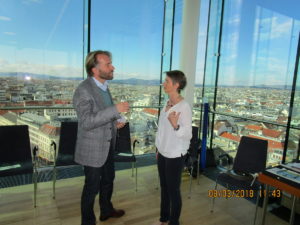
So this was it: an event with VIP attendees (representatives from both Ministries, the business and scientific worlds, the federal provinces, NGOs, other associations and many more), spending an entire day together brainstorming and discussing the trends and visions for the mobility of the future.
But first: this highly interactive format, “Future Search Conference,” was initiated back in the 80’s by Marvin Weissbord (USA) and has since been applied successfully around the world for stakeholder processes aiming to create and implement visions. This format normally lasts 2 days, spread out over 3 days (lunch to lunch) and consists of 4 big steps:
- Half day: assessing the past
- Day: analysing the present (1/2 day) + creating a common future/vision (1/2 day)
- Half day: generate ideas for ways to implement
Only 1 day was available for the Mobility Transformation Future Search Conference. However, because the steps assessing the past and exploring implementation possibilities are being done in other projects, we focused on the present, above all the trends and the future.
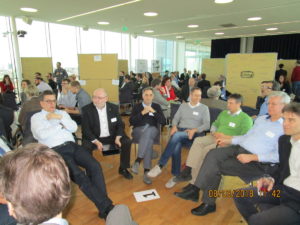
I had asked my clients to invite the participants to bring a 3D object symbolising their personal mobility vision and which, at the same time, would serve as a way of introducing themselves, and to be prepared for group work and opening themselves up to a creative and interactive approach in hewing out a vision for the mobility of the future.
After all, this is one of the reasons why people book me. My USP. Because I tease the creative potential out of my participants. And because I don’t balk at waving colourful silks and squeaky chicken toys in front of their faces. ☺
I prepared myself meticulously, invested a lot of time preparing the opening and a couple of other “Omega transformations” (For a short description of this see Rank Dynamics in my book). What I discovered for myself again was how important it is to check your own mindset, thoroughly analyse your participants’ backgrounds and their possible expectations and possible misgivings. If necessary, try to adapt and “neutralise” your mindset accordingly (not every opinion on a topic has to reflect your own, and as a moderator, I HAVE to be neutral! Also see role) and address your participants’ potential misgivings in an Omega transformation.
The conference keynotes were delivered by Andreas Reichhardt and Josef Plank, the General Secretaries of both Ministries. You can find these and also the one by Henriette Spyra, head of the strategic unit Mobility Transformation & Decarbonisation at the Austrian Federal Ministry for Transport, Innovation and Technology, at https://infothek.bmvit.gv.at/mobilitaetswende-2030-aufbruch-mobilitaet-der-zukunft/ (in German).
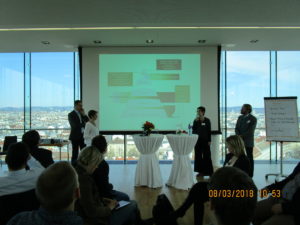
This was followed by the “TRENDS” block, where we got down to discussing and developing current trends in mobility at regional, EU and global levels, in homogenous groups of approx. 8 people, and to present these in a creative way – what a surprise! – while at the same time short and to the point.
I opted for the “ZIB2 method” (an Austrian Format for News on TV) – 2-minute summaries of the learnings from the 30-minute group discussions, visualised on pin boards in the form of mind maps. The ZIB2 logo was projected on the screen in the background for the authentic touch. One after another the anchors then presented the trends: urbanisation, digitalisation, individualisation, and many more.
Some trends wandered through all the groups in morphed forms while others only appeared in specific groups. That’s why I gave the groups an additional 15 minutes to look back on all the trends they had identified and write down the 3-4 most important ones on cards, which were then pinned on the boards for all to see. The boards were divided into regional, European and global for the purpose. At the end of such creative sessions I always like to let the participants summarise everything again to really get at the essentials and hence, a clear analysis.t the end my companion in this process facilitation, the mobility and sustainability expert Michael Wedler from B.A.U.M, wrapped up the “Trends” process block with a short, external feedback.
After the lunch break we launched into a new block on the topic of “VISIONS”. As it was about to become even more colourful and creative, I too changed – my white blouse for a colourful one.
We began the new round with a short ship building performance, actively supported by my client, my sparring partner Michael as well as my little helpers Nicole and Sabine. We chose the ship building performance because it fit in well with the motto we had chosen, a quote from Antoine de Saint-Exupery:
“If you want to build a ship, don’t drum up people to collect wood and don’t assign them tasks and work, but rather teach them to long for the endless immensity of the sea.”
And then we got down to developing a shared vision for the future of mobility in heterogeneous groups (representatives from separate stakeholder organisations now being mixed).
Here the participants first used the 3D objects they had brought with them (symbolising their mobility visions) to give 1-minute presentations of their visions in small groups. They unpacked public transportation tickets, bicycle bells, model trains, but also flowers and calendars with pictures of children (I found that particularly lovely.) I had given them 4 questions each to help them prepare for their personal presentations.
This was followed by a 15-minute feedback round in which the similarities and differences between the personal visions were compiled and visualised on pin boards, before the shared visions were elaborated creatively in each group.
I had carted along an entire arsenal of material with which to inspire maximum creativity in my participants. Before the creative work begins there are always a few critical seconds, a state of shock almost, whether this creative challenge is really serious or not. However, I’ve never seen a group that didn’t become active. Very quickly the first began to poke around and were soon carrying off e.g. air mattresses, Chinese waving cats, juggling sticks, piggy banks and other items.
And then diving glasses were painted, different coloured silk cloths were pinned on the wall and nets were stretched over hula-hoops. Creativity flowed, and this always fascinates me again and again!
This may all sound rather childish, but innovation only happens in connection with creativity, and this is what we tried to stimulate. Just do it! You’ll be amazed by your participants’ creative potential!
The visions were then presented in 5-minute performances after which the groups traced the common themes like “threads” throughout all the performances. (You see: here again too, the quintessence is summarised at the end of a creative part.)
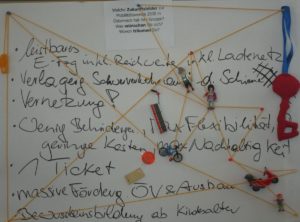 |
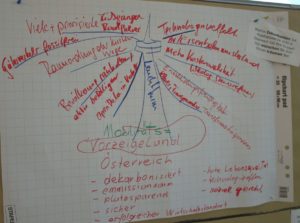 |
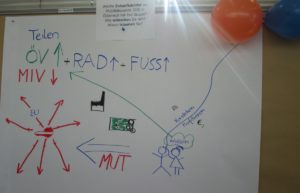 |
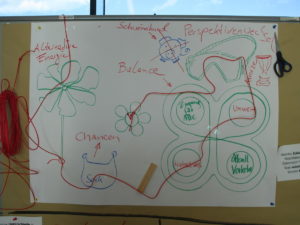 |
 |
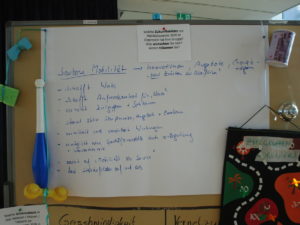 |
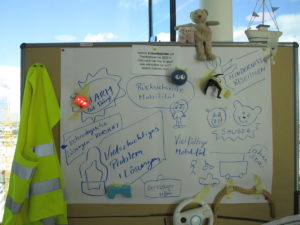 |
My cooperation partner Michael Wedler, once again giving his external feedback and summary, posed a not entirely uncritical question: “How much determination and solidarity can we – with relatively little concern – muster to bring about change in mobility?”
In the end there were innovative, inspiring visions with one thing in common: all stake holding groups unanimously agreed that Austria should assume a pioneering role in environmentally friendly and sustainable mobility – a “shining beacon” function.
And so the day ended with a positive vision and a very happy (if somewhat knackered ☺) moderator.
And in April and May it continues with workshops in every Austrian federal province and 4 themed workshops.
And, have you also had experience with Future Search Conferences? If so, it would be great if you could tell us about it below.
Yours, Birgit
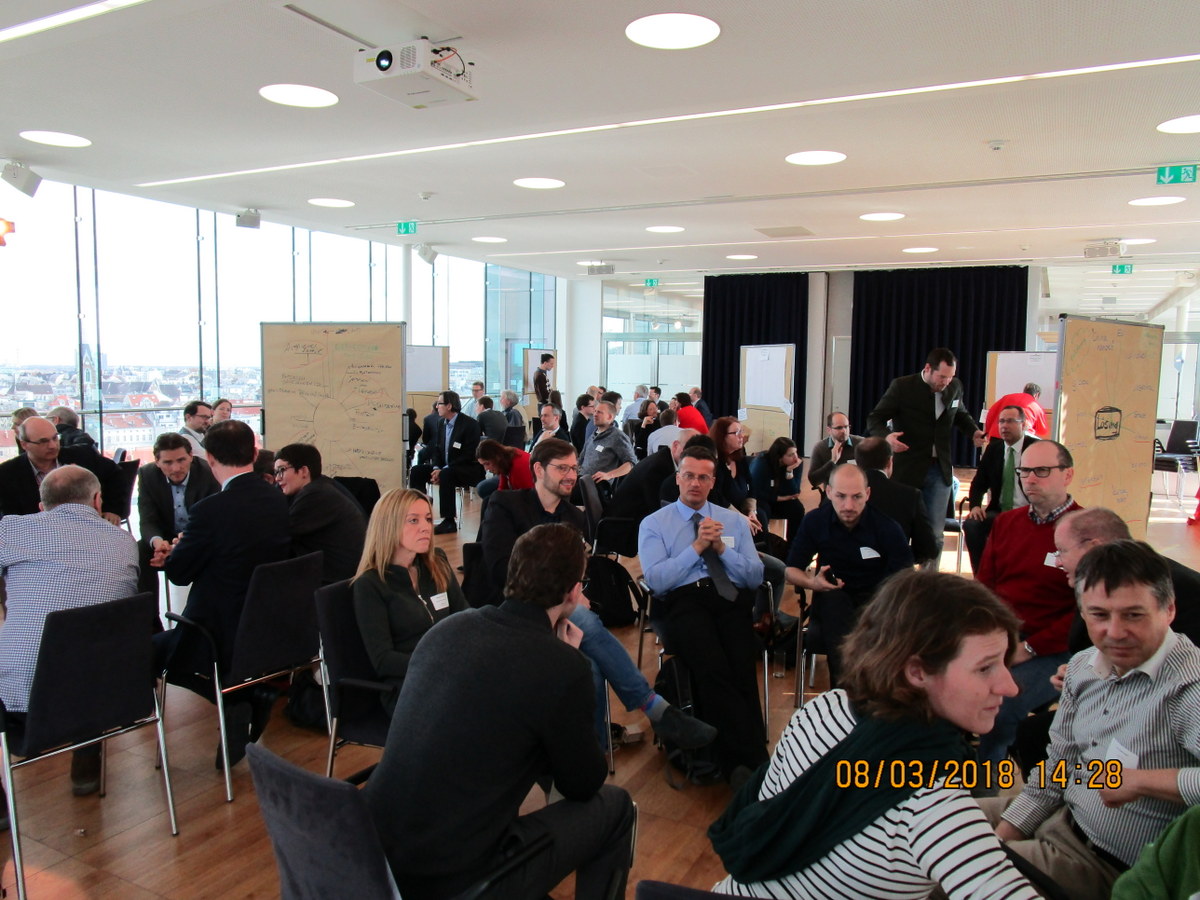
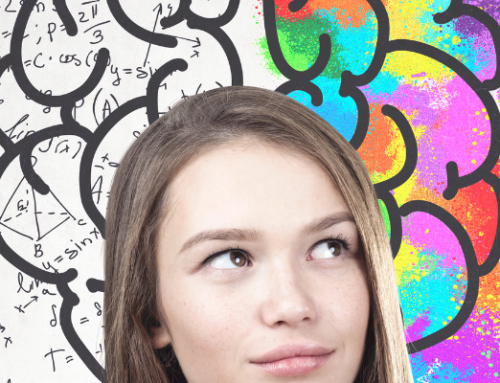
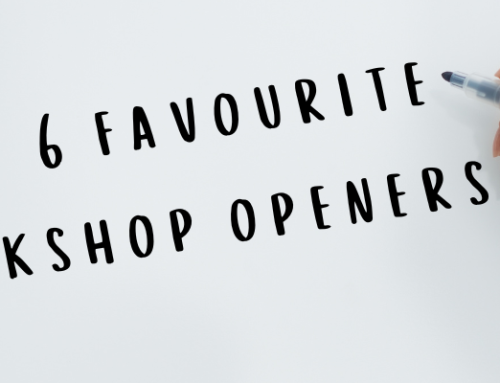
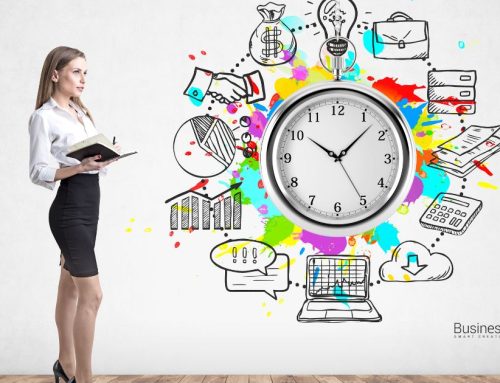
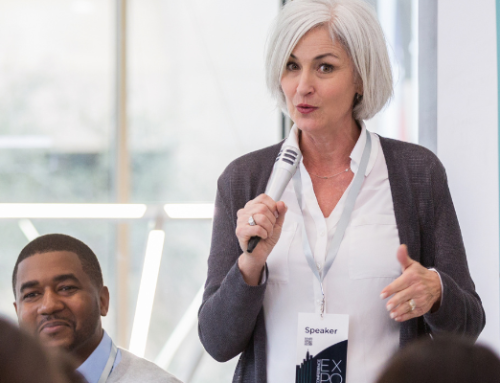

Leave A Comment